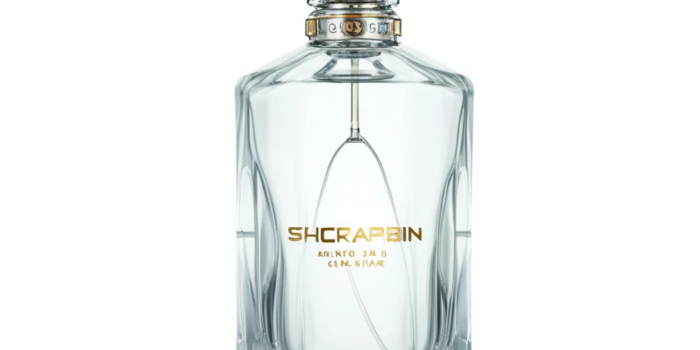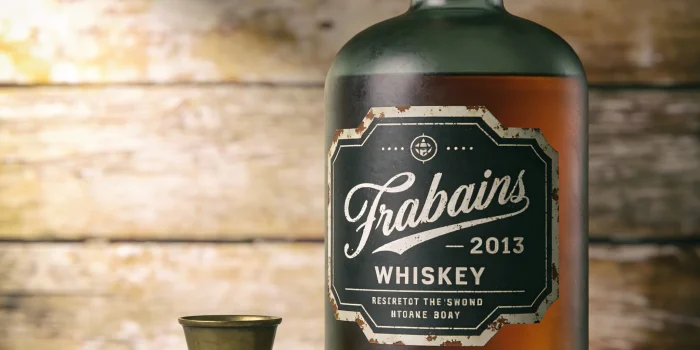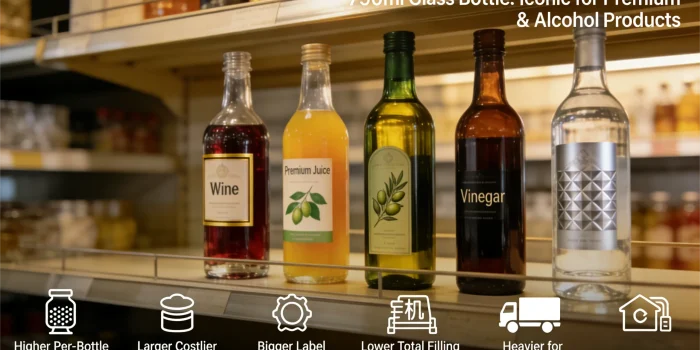Want a High-Quality Custom Whiskey Bottle? What Finishing…

The Rise of Glass Bottles: A History
The Rise of Glass Bottles: A History
The rise of glass bottles has spanned several centuries, undergoing various changes in design, use, manufacturing techniques, and purpose. Here’s a brief timeline of this transformation:
The Precious Artifacts of Romans

The story of wine bottles most notably begins in the Roman Empire, roughly around the 1st century AD, when society started to use glass containers. At that time, due to the complex process and high cost of production, glass bottles weren’t predominantly used as whiskey containers. They were more like precious artifacts, flaunted by the aristocracy.
The Shift to Robust Glass Containers

As centuries passed and technology advanced, the 17th century marked a significant development. The invention of the coal-burning furnace created higher temperatures, making it easier to produce more robust glass bottles. The durability and compact design of these bottles gradually overtook the previously used clay, leather, and wooden casks for whisky storage and transportation.
Standardization in the 18th Century

By the 18th century, the shape and size of wine bottles started to become standardized, influenced by advancements in the cork industry. The availability of quality cork allowed for bottles to be stored on their sides, minimizing wine’s surface contact with the air and various spoilage risks. This era also witnessed the birth of the classic dark green color of wine bottles as a way to protect the drink from sunlight.
The Influence of the Industrial Revolution

In the 19th century, the unprecedented improvement in manufacturing technology intertwined with the Industrial Revolution made glass wine bottles affordable and accessible. The refined technique of molding and implementation of assembly lines made it possible to produce wine bottles en masse, helping wine reach larger audiences.
Glass Bottles Today

Today, glass bottles hold a distinct position of grandeur and elegance in the whiskey industry. They are seen as a benchmark for quality and tradition, with many experimenting with design, color, size, and aesthetic. They not only serve to protect and store the whisky but also form the very identity of winemaking – an identity steeped in history and tradition, symbolizing class and sophistication right from the Romans to the present age.
Conclusion
As we raise our glasses to toast, it’s worth musing over the historical journey of the glass vessel nurturing the treasured nectar. It’s not only a wine bottle, but it also mirrors the centuries of tradition that has witnessed the perennial evolution of technology, transforming from a mere container to an entity of aesthetic appeal, weaving a fascinating tale of the past as we uncork it, ready to indulge.




